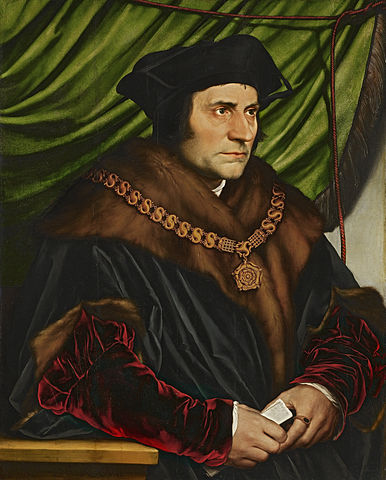
July 13, 2016, by Harry Cocks
Livery and Loyalty in Medieval England
The livery collar had a pervasive presence in late-medieval England and Wales. Worn about the neck to denote service to a lord, references to the collar abound in government records, contemporary chronicles and correspondence, writes Matt Ward, now a postdoctoral fellow at the University of Nottingham. Many depictions of the collar can be found in illuminated manuscripts and on church monuments: there are just under 400 extant examples on tomb effigies and memorial brasses. From the fifteenth century the collar was regarded as a powerful symbol of royal power, the artefact associating the recipient with the king. It was a salient aspect of late-medieval visual and material culture, and played a significant function in the articulation of political and other group identities during the period.
The collar usually took the form of a band of leather or velvet decorated with devices composed of silver, silver-gilt or gold. The more prestigious examples were produced entirely of precious metal and resembled a necklace. Part of the late-medieval livery system, the collar was considered the most prestigious item, being awarded to those of the rank of esquire and above. The more common badges, robes and caps were given to those further down the social spectrum. When it was introduced in the late fourteenth century it was distributed by leaders of baronial as well as royal affinities, but as a result of legislation in the early fifteenth century it increasingly became the preserve of the royal family. It was frequently referred to as the ‘king’s livery’ and was awarded to household servants and perhaps to officers in the localities such as sheriffs, and to those who had demonstrated their loyalty on the battlefield. By the second half of the fifteenth century there were two ‘rival’ collars. The Lancastrian collar of esses, or ‘SS’ collar, (worn by Thomas More in the above picture by Holbein) was introduced in the late fourteenth century and was revived by Henry Tudor in 1485. The Yorkist collar of alternate suns and roses, or more rarely roses set within suns, was introduced by Edward IV in c. 1461.
Today, when an individual or group makes the decision to wear a common badge it is not infrequently to express some form of political, or religious, statement or association. Perhaps because of this, historians have tended to assume the same motivations were at play when an individual took the decision to depict a Lancastrian or Yorkist livery collar on their church monument: it has hitherto been assumed that those individuals who are depicted wearing a collar in works of art or on monuments were politically active adherents to either the house of Lancaster or York. In his my new book I argue that this was not always the case: livery collars did not necessarily denote Yorkist or Lancastrian sympathies.
In contrast to overt political expression, I suggest that the appearance of the livery collar on church monuments was in some cases used to express crown service, whether that was to the Lancastrian or Yorkist king. The vast majority of Yorkist collars date from the Yorkist period, and the swift return to SS collars after 1485 does suggest that the inclusion of the opposing regime’s collar was perhaps deemed risky, but that does not mean that their inclusion on a church monument always equated to an expression of political loyalty. More pertinent may have been an acknowledgement of the individual’s association to the crown, and the prestige that accompanied this. Paradoxically, my study of a seemingly overtly political artefact has therefore led to questioning exactly how much politics meant to contemporaries during a civil war. It has also led to a consideration of the nature and understanding of loyalty to the crown in the late medieval period.
Matthew Ward, The Livery Collar in Late Medieval England and Wales: Politics, Identity and Affinity (Woodbridge: Boydell & Brewer, 2016). https://boydellandbrewer.com/the-livery-collar-in-late-medieval-england-and-wales-hb.html

Writing is very important for student’s career. So they are given more important to that. If you do their self means it is a make normal resume.
Good post !
Is there any source which lists/shows the livery badges of the families of Elizabethan England as well as the livery colors for those families. Primarily the nobles and gentry families.